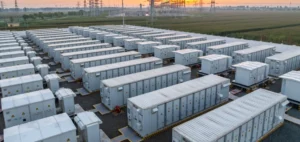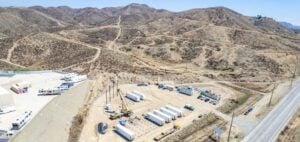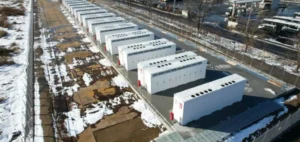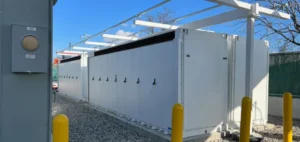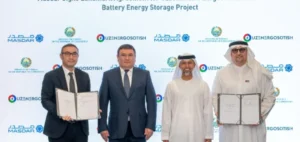Pacific Green, a company specialising in battery energy storage, has secured a planning permit from the State Government of Victoria for the development of the Portland Energy Park. The project, located in one of the state’s key regional industrial zones, is planned with a storage capacity of 2.5GWh and power output of 1GW, which will make it Australia’s largest battery park once completed.
A phased three-year project in a strategic industrial location
The Portland Energy Park will be developed in phases over a 36-month period. Its selected location on Madeira Packet Road is directly adjacent to the Portland Water Treatment Plant and the Portland Aluminium Smelter, enabling the project to enhance local energy security and support existing electrical infrastructure. The company expects the asset to contribute to grid stability and provide energy continuity for major industrial operations.
Pacific Green conducted a range of technical, environmental and operational assessments as part of the approvals process. The project also included consultations with local communities, including First Peoples representatives whose input was integrated into the final site design.
National expansion in the Australian storage market
This project follows the development of a 1GWh site in Limestone Coast, South Australia. Portland marks the next step in Pacific Green’s expansion strategy across Australia, with more than 7GWh of projects planned under the National Electricity Market (NEM). The group aims to strengthen its presence in a rapidly evolving market driven by growing demand for large-scale storage solutions.
According to official statements, the site is expected to power the equivalent of 345,000 households during peak demand periods. The Victorian state government stated that energy projects authorised through its fast-track process now represent more than AUD6bn ($3.87bn) in total investment.
Industrial objectives and project timeline
The Portland Energy Park is designed to absorb excess renewable energy produced during the day and discharge it during peak demand. The scale of the project is intended to help manage fluctuations from intermittent energy generation and stabilise grid consumption. Once operational, it is expected to avoid approximately 66,900 tonnes of carbon dioxide emissions annually.
Pacific Green aims to expand its operations across the Asia-Pacific region, leveraging experience gained in the United Kingdom and Europe. Management confirmed that announcements on local supply chain opportunities will follow as construction progresses, though no specific timeline for contract awards has been disclosed.




